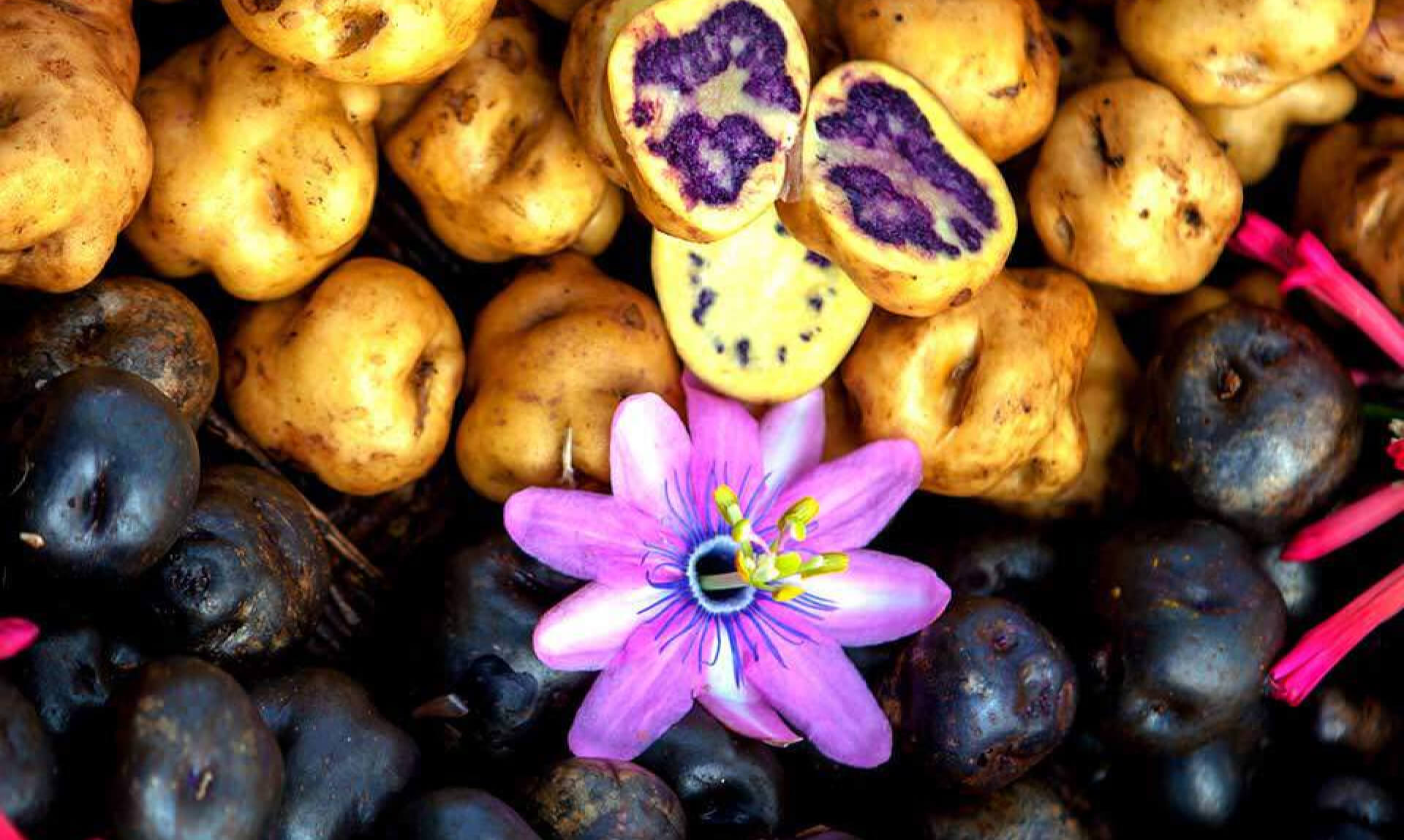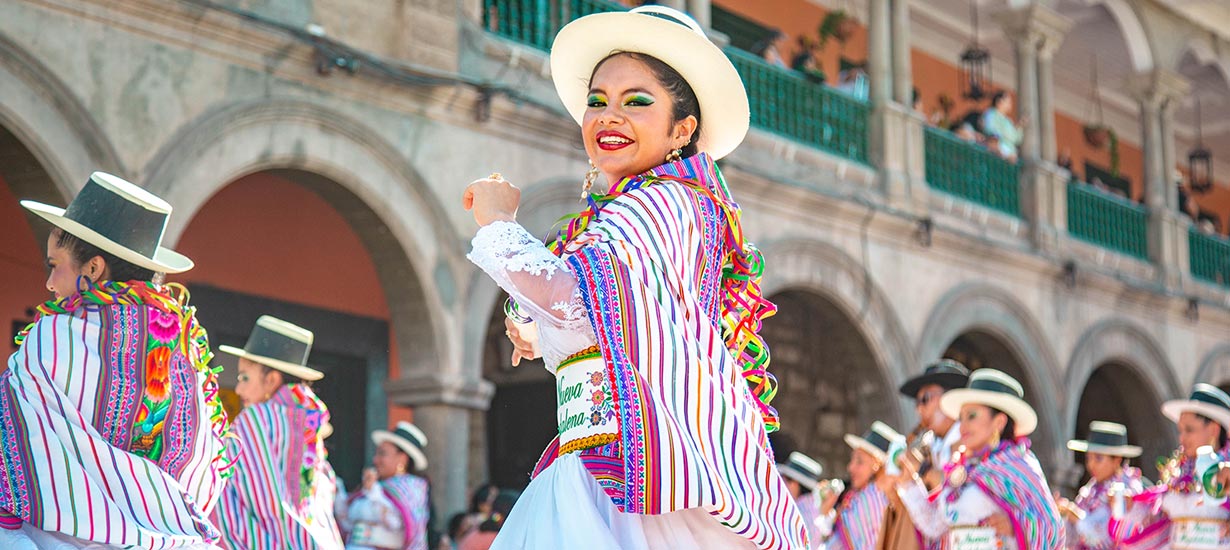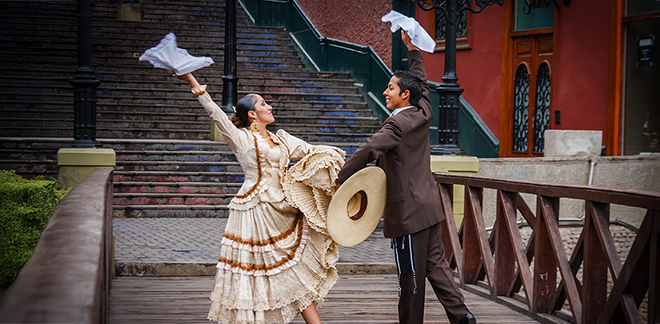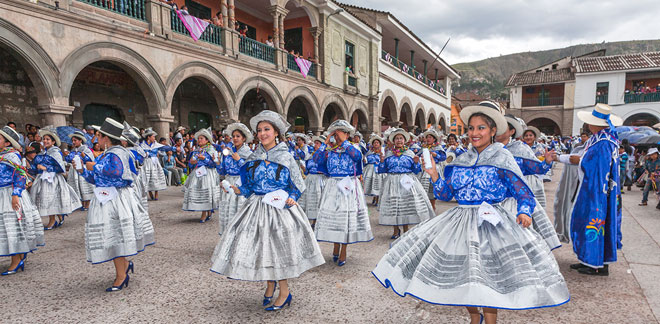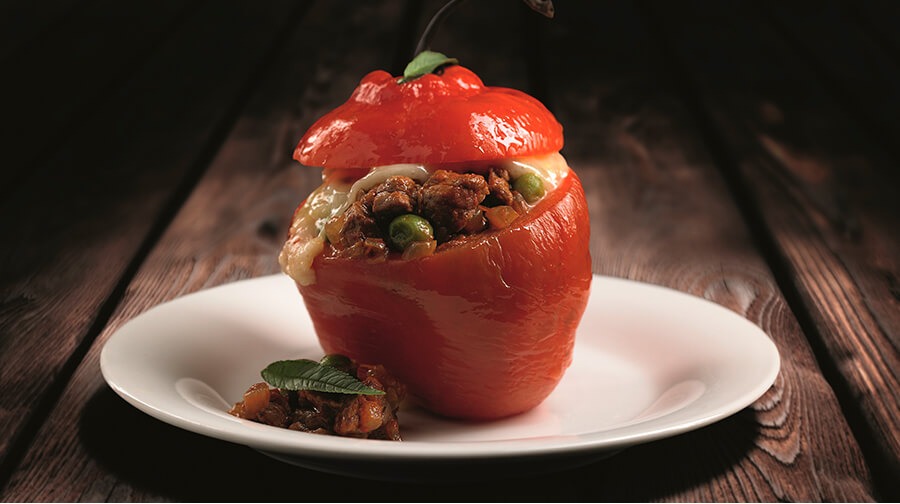Which Peruvian carnivals are considered Cultural Heritage?
Síguenos en:Google News
Carnivals in Peru are vibrant celebrations that play a key role in cultural identity, serving as spaces for reaffirming traditions.
Carnivals in Peru are among the country's most significant cultural expressions. With their vibrant music and dances, they showcase a fusion of traditions, creating unique festivities in each region. Some of these celebrations have been recognized as Cultural Heritage of the Nation for their historical, social, and artistic significance. Below, we explore some of the most iconic Peruvian carnivals that hold this prestigious title.
Ayacucho carnival
The Ayacucho carnival was the first regional carnival declared Cultural Heritage of the Nation in 2003 by the then National Institute of Culture. This vibrant celebration is known for its lively dances, colorful costumes, and the traditional entrance of the "Ño Carnavalón."
During the celebration, troupes parade through the streets, singing huaynos and Ayacucho carnival songs, while locals gather in groups to sing and dance. Gastronomy is also a key part of the festivity, featuring traditional dishes like puchero ayacuchano, a special stew prepared specifically for this occasion.
To travel from Lima to Ayacucho, you can go by plane or bus. The fastest option is a flight, which takes about 45 minutes. If you prefer traveling by land, buses take approximately 8 hours to reach the destination.
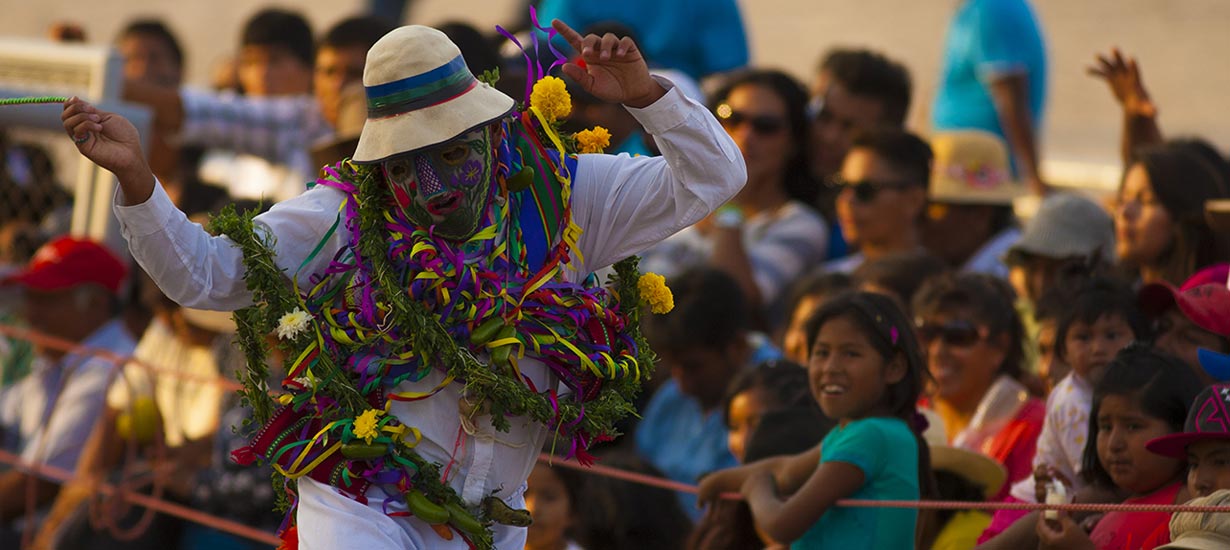 Tarata carnival/Source: PROMPERÚ
Tarata carnival/Source: PROMPERÚ
Tarata carnival
In 2019, the Ministry of Culture declared the Tarata carnival, in Tacna, a Cultural Heritage of the Nation. This festivity showcases the artistic creativity of the people of Tarata and serves as a space where Aymara and European traditions come together to celebrate the harvest.
The carnival kicks off on the Sunday before Ash Wednesday with the entrance of the Ño Carnavalón in the different districts of Tarata. For an entire week, groups of musicians and dancers fill the streets with colorful streamers, singing traditional songs.
To travel from Lima to Tacna, you can go by plane or bus. Direct flights take approximately 1 hour and 45 minutes. If you prefer traveling by bus, several transportation companies offer services, with a journey of about 20 hours.
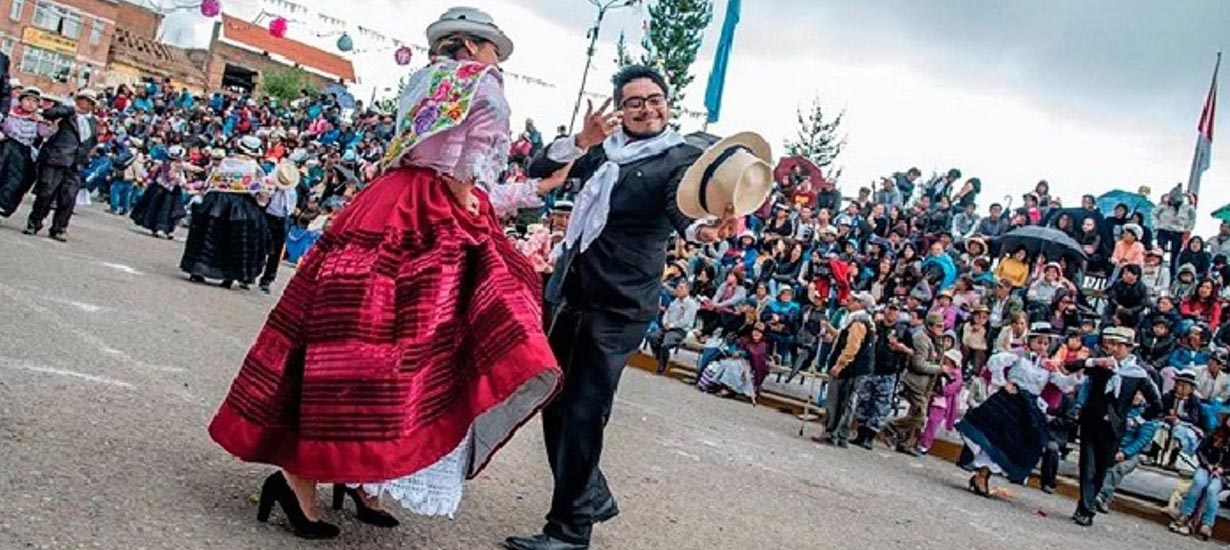 Jauja carnival/Source: Andina
Jauja carnival/Source: Andina
Jauja carnival
Declared Cultural Heritage of the Nation in 2018, the Jauja Carnival is one of the most emblematic cultural expressions of the city and province, blending local, European, rural, and urban traditions.
Also known as the most elegant carnival in Peru, this celebration features two main events. The traída de monte involves gathering a tree for ritual use, followed by the cortamonte, a collective tree-cutting ceremony filled with music and dance.
To travel from Lima to Jauja, you can go by plane or bus. Flights take about 50 minutes, while the bus journey lasts between 7 to 8 hours.
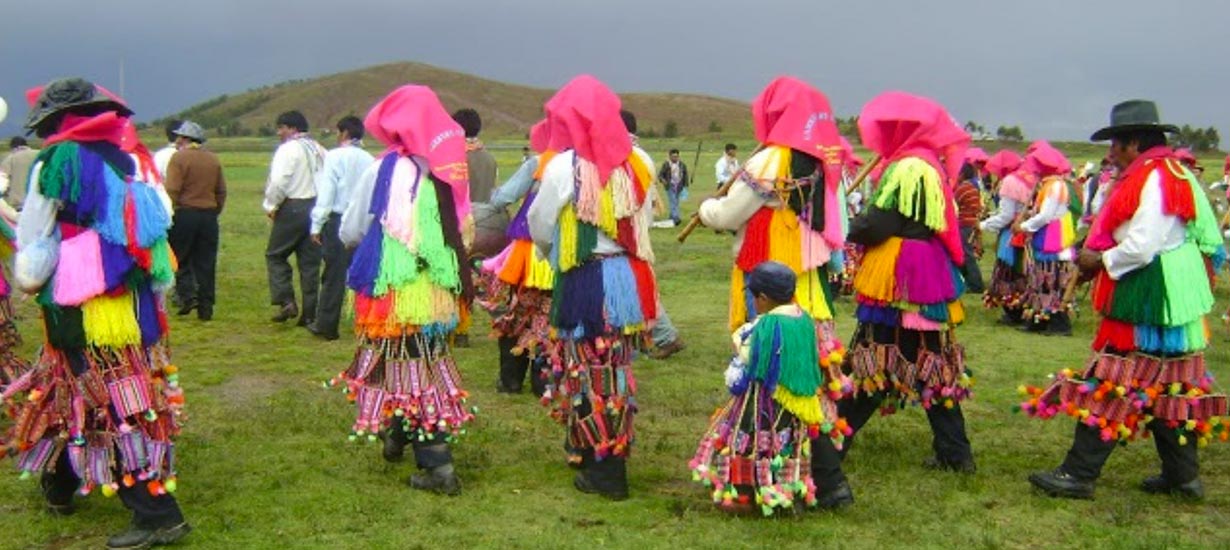 Arapa carnival/Source: Andina
Arapa carnival/Source: Andina
Arapa carnival
The Arapa carnival, from the district of the same name in the province of Azangaro, Puno, was declared Cultural Heritage of the Nation in 2017. This celebration is deeply connected to the renewal of life, the start of the agricultural and livestock cycle, and the spirituality of the Altiplano, where land and water play a vital role in society.
The celebration lasts a week and includes various stages with different activities. On Carnival monday, the district welcomes many visitors, while the tikachaska takes place—an event where locals decorate houses, farms, and animals with seasonal flowers. Throughout the week, the festivities are highlighted by pukllay dancing couples, who perform in vibrant comparsas (parading groups).
The fastest way to travel from Lima to Puno is by flying from Jorge Chavez International Airport to Inca Manco Capac International Airport in Juliaca, the nearest city to Puno. From here, you can reach the Arapa district by land in about 50 minutes.
Peruvian carnivals play a vital role in tourism and the local economy, attracting thousands of visitors each year. The recognition of several carnivals as National Cultural Heritage helps ensure their preservation and promotion for future generations.
In conclusion, Peru's carnivals reflect the country's cultural diversity and richness, showcasing the ingenuity and creativity of its people while preserving ancestral traditions.

